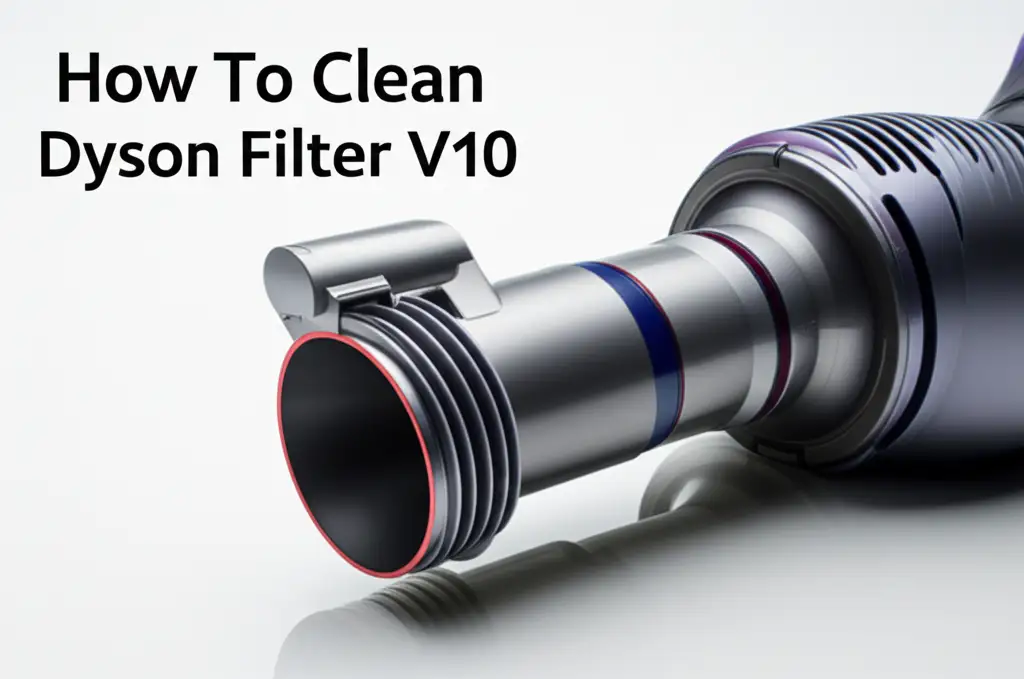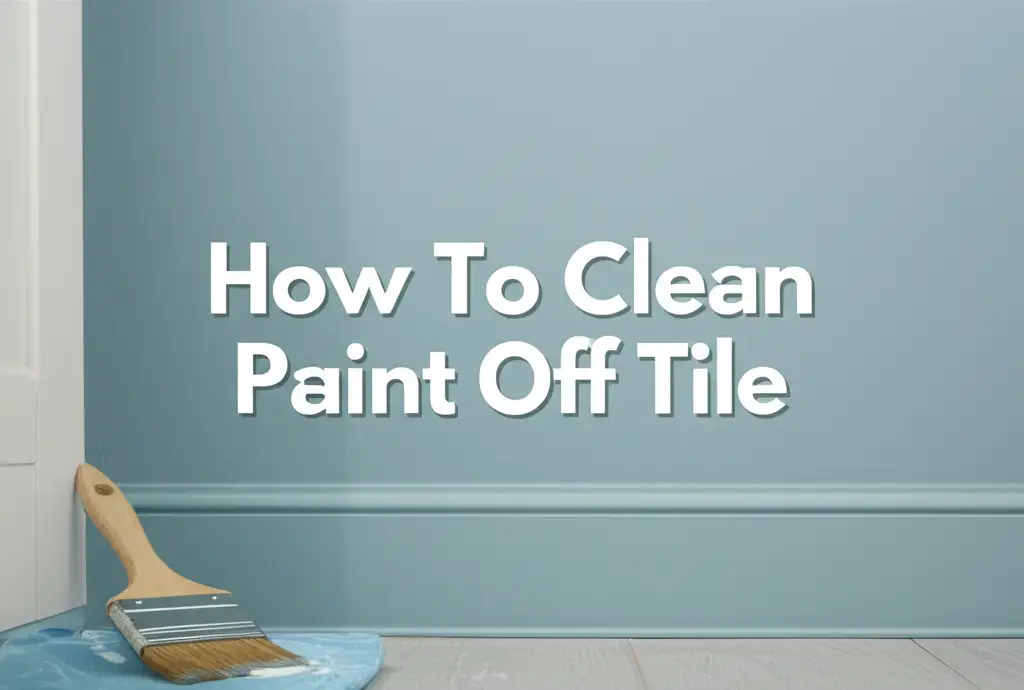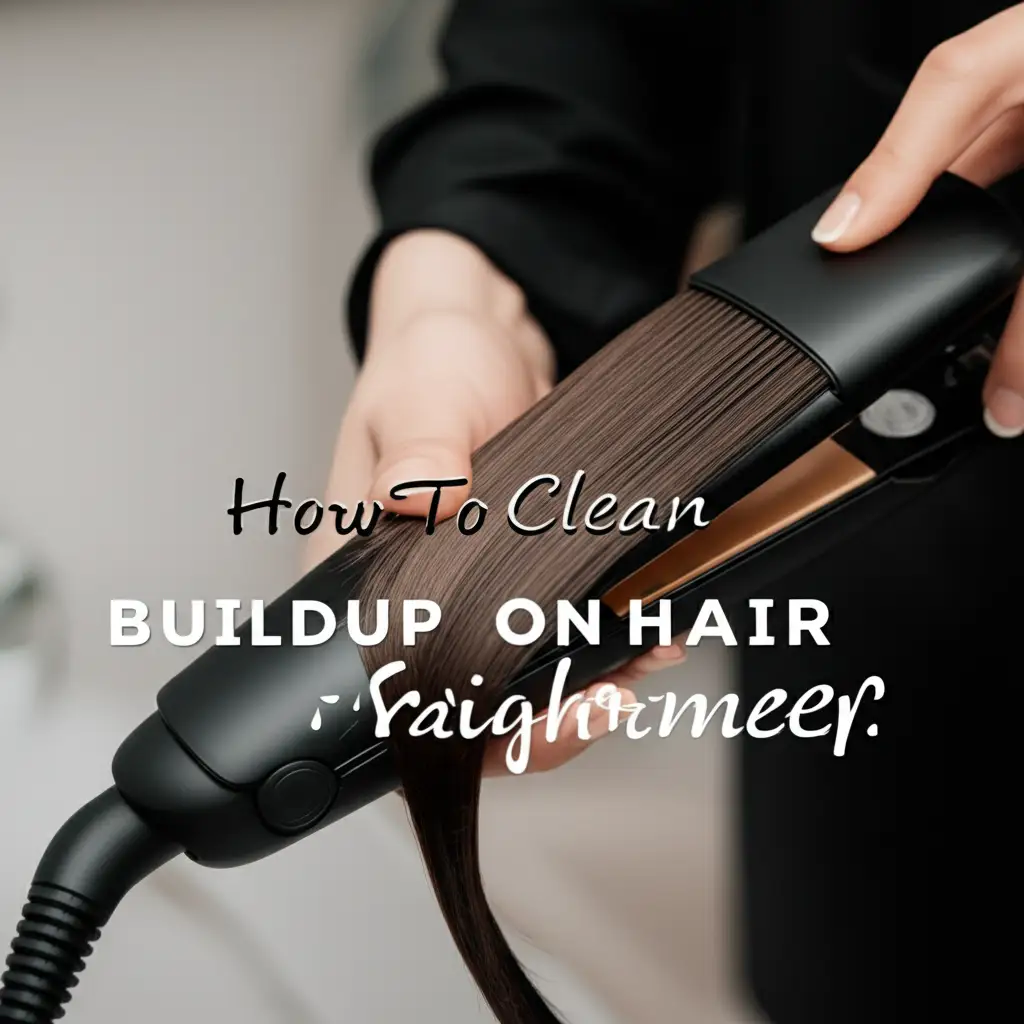· Cleaning · 14 min read
How To Clean Dyson Filter V10

Optimize Your Dyson V10: How To Clean Its Filter
Do you own a Dyson V10 vacuum? It is a fantastic tool for keeping your home spotless. But even the best vacuums need a little care. Specifically, its filter needs regular cleaning.
A clean filter ensures your Dyson V10 runs at its best. It keeps suction strong and air pure. I am here to guide you through the process. We will make cleaning your Dyson V10 filter simple and effective.
Takeaway
Keeping your Dyson V10 filter clean is essential for vacuum performance.
- Wash the filter with cold water monthly.
- Tap out loose dirt first.
- Squeeze gently to remove excess water.
- Allow at least 24 hours for complete air drying.
- Never use heat to dry the filter.
Clear Answer
To clean your Dyson V10 filter, remove it from the vacuum. Tap it to shake out loose debris. Rinse the filter under cold water until the water runs clear. Squeeze it gently to remove excess water. Let it air dry completely for at least 24 hours before putting it back.
Why Cleaning Your Dyson V10 Filter Matters
Your Dyson V10 is a powerful cleaning machine. It relies on its filter to capture dust and allergens. This filter traps tiny particles. Over time, these particles build up inside the filter. A clogged filter reduces your vacuum’s suction power. It also forces the motor to work harder. This can shorten the vacuum’s lifespan. I know you want your Dyson V10 to perform well.
A dirty filter can also release dust back into your home’s air. This defeats the purpose of vacuuming. Regular filter cleaning maintains optimal airflow. It ensures your Dyson V10 continues to clean effectively. It also protects your home’s air quality. This simple task prevents many common vacuum problems. You will notice a significant difference in performance.
Dyson vacuums are known for their strong suction. This power depends directly on an unobstructed filter. Think of it like a car engine. A dirty air filter reduces engine efficiency. Similarly, a dirty vacuum filter reduces cleaning efficiency. You want to avoid this common issue. Taking a few minutes each month helps keep your Dyson V10 running like new. This extends its life and maintains powerful suction. It makes your cleaning routine easier and more effective.
Identifying Your Dyson V10 Filter: Location and Removal
Before you can clean your Dyson V10 filter, you must find it. The V10 filter is easy to locate. It sits at the back of the main vacuum body. This is where the exhaust air comes out. The filter unit is typically a purple color. It has a ridged, cylindrical shape. You cannot miss it once you know where to look.
To remove the filter, simply twist it counter-clockwise. It should unlock easily. Then, gently pull it away from the vacuum body. You will see accumulated dust and debris on the filter. This is normal and means the filter is doing its job. Be careful not to shake too much dust around indoors. You might want to do this part over a trash can or outdoors. Now you have the filter ready for cleaning.
Understanding your Dyson V10 filter’s location is the first step. The filter is designed for user-friendly access. You do not need any special tools for removal. Just a simple twist and pull. This design makes regular maintenance straightforward. Other Dyson models might have filters in different spots. For instance, knowing how to clean a Dyson vacuum filter in general is helpful, as some might differ. But for the V10, it’s always at the back. My experience shows this location is very convenient.
Step-by-Step Guide to Washing Your Dyson V10 Filter
Washing your Dyson V10 filter is a simple process. Follow these steps carefully for the best results. First, take the filter to a sink. Use cold water. Hot water can damage the filter material. I always recommend cold water.
Tapping and Rinsing
Begin by tapping the filter gently over a bin. This removes loose dust and debris. You will be surprised how much dirt comes off. Next, hold the filter under cold running water. Let the water run through the open end. The water will come out dirty at first. Keep rinsing until the water runs clear. This means most of the fine dust is gone. You might need to rotate the filter to rinse all sides. Ensure water flows through the pleats. This washes away embedded particles.
Squeezing and Repeating
Now, gently squeeze the filter. This helps push out dirty water. Do not twist or wring the filter forcefully. This can damage its internal structure. Keep squeezing and rinsing until the water squeezed out is completely clear. You will notice the water getting cleaner with each squeeze. This part is crucial. It ensures no dirty residue remains. I repeat this step several times. It makes sure the filter is truly clean. This ensures you get maximum performance from your Dyson.
Remember, patience is key during this stage. You want to remove all soap and dirt. A thorough rinse prevents residue buildup. This method ensures your filter lasts longer. It also guarantees optimal air purification. For other Dyson models, cleaning Dyson vacuum filters often involves similar steps. The principle of cold water and gentle rinsing applies broadly.
Essential Drying Techniques for Your Dyson Filter V10
After washing, proper drying is the most critical step. A damp filter will ruin your Dyson V10 motor. It can also grow mold. You must ensure the filter is completely dry before reinserting it. This takes time, so plan accordingly.
Air Drying is Key
Always air dry your Dyson V10 filter. Find a warm, dry place. Place the filter upright. This allows air to circulate around it. Air circulation helps it dry evenly. A sunny windowsill can work. Avoid direct heat sources. Never use a tumble dryer, microwave, or open flame. High heat damages the filter material. It can melt or warp the plastic components. This makes the filter useless. I always put mine on a drying rack.
Patience is a Virtue: Waiting 24 Hours
The Dyson V10 filter needs at least 24 hours to dry. In humid environments, it might need even longer. You can gently shake the filter periodically. This helps release any trapped water. Before you put the filter back, test it. Give it a gentle shake. If you feel any dampness or hear water inside, it is not ready. A moist filter can cause your vacuum to lose suction or damage its motor. Wait until it is bone dry.
My own experience taught me the importance of this waiting period. Once, I was impatient and put it back too soon. My vacuum’s suction was weak, and I could tell something was off. So, I removed the filter and dried it again. Once it was completely dry, the vacuum worked perfectly. This careful drying process makes a big difference. It protects your Dyson V10 motor. It ensures the longevity of your machine. This step is non-negotiable.
Reinserting and Testing Your Clean Dyson V10 Filter
Once your Dyson V10 filter is completely dry, it is time to put it back. This step is as simple as removing it. A correctly reinserted filter ensures your vacuum works properly. It also maintains the airtight seal needed for strong suction.
Proper Reinsertion
Take your thoroughly dry filter. Align it with the opening at the back of your Dyson V10. Push it gently into place. Then, twist it clockwise until it clicks. You should feel a secure lock. Do not force the filter. If it does not go in smoothly, check its alignment. A proper fit is crucial for performance. An improperly seated filter can lead to a loss of suction. It might also allow dust to escape.
Testing Your Dyson V10
After reinserting the filter, turn on your Dyson V10. Listen for the familiar powerful hum. Test its suction on a small area of flooring. You should notice a significant improvement in suction power. The vacuum will sound clearer. It will pull dirt more effectively. This confirms your cleaning process was successful. This simple test gives you immediate feedback. It reassures you the vacuum is ready for action.
This process is similar for other Dyson cordless vacuums. For example, learning how to clean a Dyson vacuum V11 involves similar steps for filter reinsertion and testing. The core principle remains the same: ensure the filter is dry and properly seated. I always do a quick test run. It builds confidence that my Dyson V10 is ready for thorough cleaning jobs again. Enjoy the renewed power of your Dyson V10!
How Often Should You Clean Your Dyson V10 Filter?
The frequency of cleaning your Dyson V10 filter depends on your usage. Dyson recommends cleaning the filter at least once a month. This is a good baseline for most households. However, some factors might require more frequent cleaning.
Factors Influencing Cleaning Frequency
- Pet Ownership: If you have pets, their hair and dander clog filters faster. You might need to clean your filter every two to three weeks. Pet owners experience more filter buildup.
- High Dust Environment: Living in an area with a lot of dust, like near construction, increases filter load. This also means more frequent cleaning. Dusty homes require more attention.
- Frequent Use: If you use your Dyson V10 every day, or for extended periods, clean it more often. Heavy usage means more particles trapped. A busy household demands more frequent filter maintenance.
- Vacuuming Fine Debris: Vacuuming fine powders, ash, or drywall dust can quickly clog the filter. These materials are very small. They pack into the filter’s pleats tightly.
- Allergy Sufferers: For homes with allergy sufferers, a clean filter is vital for air quality. Cleaning more often helps reduce allergens in the air. This protects sensitive family members.
My family has pets, so I clean my filter every few weeks. I notice a difference in suction when I wait too long. It is a good idea to create a schedule. Mark it on your calendar. This way, you do not forget this important task. Regular cleaning extends your Dyson’s life. It ensures powerful, consistent performance every time you vacuum.
Troubleshooting Common Dyson Filter V10 Issues
Sometimes, even after cleaning, your Dyson V10 might not perform as expected. Do not worry. Several common issues can arise. Understanding them helps you troubleshoot effectively. I have faced some of these myself.
Suction Remains Weak After Cleaning
If your Dyson V10 still has weak suction, check these points:
- Filter Not Dry Enough: This is the most common reason. A slightly damp filter restricts airflow. Remove the filter and let it dry for another 24 hours. This usually solves the problem.
- Blockages Elsewhere: The filter is clean, but the vacuum might have a blockage in the wand, brush bar, or cyclone. Detach components and inspect them. Remove any hair or debris. This helps restore airflow. You can refer to general Dyson handheld vacuum cleaning guides for these kinds of blockages.
- Filter Damage: Inspect the filter for tears or deformities. A damaged filter cannot filter effectively. It will also reduce suction. If damaged, you need a replacement filter.
- Aging Filter: Filters do not last forever. After a few years, even a clean filter may lose effectiveness. Consider replacing it if your Dyson is old.
Dyson Pulsing or Cutting Out
A pulsing Dyson V10 often indicates an airflow restriction.
- Clogged Filter: If your filter is not completely dry or still contains hidden debris, it can cause pulsing. Re-clean and re-dry the filter thoroughly.
- Other Blockages: Check the main bin and the cyclone assembly for blockages. Large debris or hair can accumulate. This limits airflow.
- Battery Issues: Less commonly, a failing battery can cause pulsing. If other troubleshooting fails, consider battery health.
I always start with the filter. It is the easiest to check. Then I move to other potential blockages. Regular maintenance prevents most of these issues. A little preventive care saves you a lot of troubleshooting time. Your Dyson V10 is a robust machine. Proper care keeps it that way.
When to Replace Your Dyson Filter V10
While cleaning your Dyson V10 filter extends its life, filters do not last forever. There comes a time when replacement is necessary. Knowing when to replace ensures your vacuum continues to perform at its peak.
Signs It’s Time for a New Filter
- Persistent Odor: If your vacuum emits a stale or musty smell even after cleaning the filter, it is a strong sign. This means bacteria or mold are deeply embedded in the filter material. You cannot remove them with washing.
- Visible Damage: Inspect the filter for tears, holes, or significant deterioration. If the pleats are collapsing or the material looks worn, it cannot filter effectively. A damaged filter allows dirt to escape.
- Reduced Suction After Thorough Cleaning: You cleaned the filter perfectly, dried it completely, and checked for other blockages. Still, your Dyson V10 lacks its usual power. This often indicates the filter material itself is no longer efficient. Its pores might be permanently clogged or too wide.
- Discoloration: Over time, filters can become discolored in a way that washing does not fix. If it looks permanently gray or brown, its filtering capacity is likely compromised.
- Age: Dyson recommends replacing the filter every 12 months, especially with heavy use. Even if it looks okay, its efficiency degrades over time. I usually mark my calendar for annual replacement.
Where to Buy a Replacement Filter
When it is time for a new filter, always buy genuine Dyson parts. Genuine parts ensure compatibility and maintain your vacuum’s warranty. You can purchase them from:
- The official Dyson website.
- Authorized Dyson retailers.
- Reputable online marketplaces.
Avoid cheap, non-Dyson filters. They might not fit correctly. They often offer inferior filtration. They could even void your vacuum’s warranty. Investing in a genuine Dyson filter protects your vacuum. It ensures continued high performance. A new filter brings back that “like new” suction power. This keeps your home cleaner and your air fresher.
FAQ Section
How long does a Dyson V10 filter take to dry completely?
Your Dyson V10 filter needs at least 24 hours to dry. In humid conditions, it might require more time. Always ensure it is bone dry before putting it back in your vacuum. A damp filter can damage the motor.
Can I use soap or detergent to clean my Dyson V10 filter?
No, you should not use soap or detergent. Only use cold tap water to clean your Dyson V10 filter. Soaps can leave residue that clogs the filter. This reduces its effectiveness. It can also damage the filter material.
What happens if I put a wet Dyson V10 filter back into the vacuum?
Putting a wet filter back can severely damage your Dyson V10 motor. It can also cause mold growth inside the vacuum. The motor may experience reduced suction or completely fail. Always ensure the filter is completely dry.
My Dyson V10 is pulsing. Is it because of the filter?
A pulsing Dyson V10 often indicates a blocked airflow. A dirty or damp filter is a common cause. Clean and thoroughly dry the filter. If pulsing continues, check for blockages in the wand, brush bar, or cyclone assembly.
How often should I replace my Dyson V10 filter?
Dyson generally recommends replacing your V10 filter every 12 months. This is especially true with regular use. You might replace it sooner if you notice persistent odors, visible damage, or consistently reduced suction after cleaning.
Conclusion
Keeping your Dyson V10 filter clean is a simple yet vital task. It ensures your vacuum maintains powerful suction. It also extends the life of your valuable appliance. By following my step-by-step guide, you can easily clean your Dyson V10 filter yourself. Remember to rinse it thoroughly with cold water. Allow it to air dry for at least 24 hours. This prevents motor damage and ensures optimal performance. I promise, the effort is well worth it.
Regular maintenance, like cleaning your Dyson V10 filter, makes a big difference. It keeps your home cleaner and your air fresher. Do not wait for your vacuum’s suction to drop. Make filter cleaning a regular part of your home care routine. Your Dyson V10 will thank you with years of powerful, reliable cleaning. Keep your Dyson running strong!
- Dyson V10 filter
- vacuum maintenance
- cleaning tips
- Dyson vacuum
- filter care




